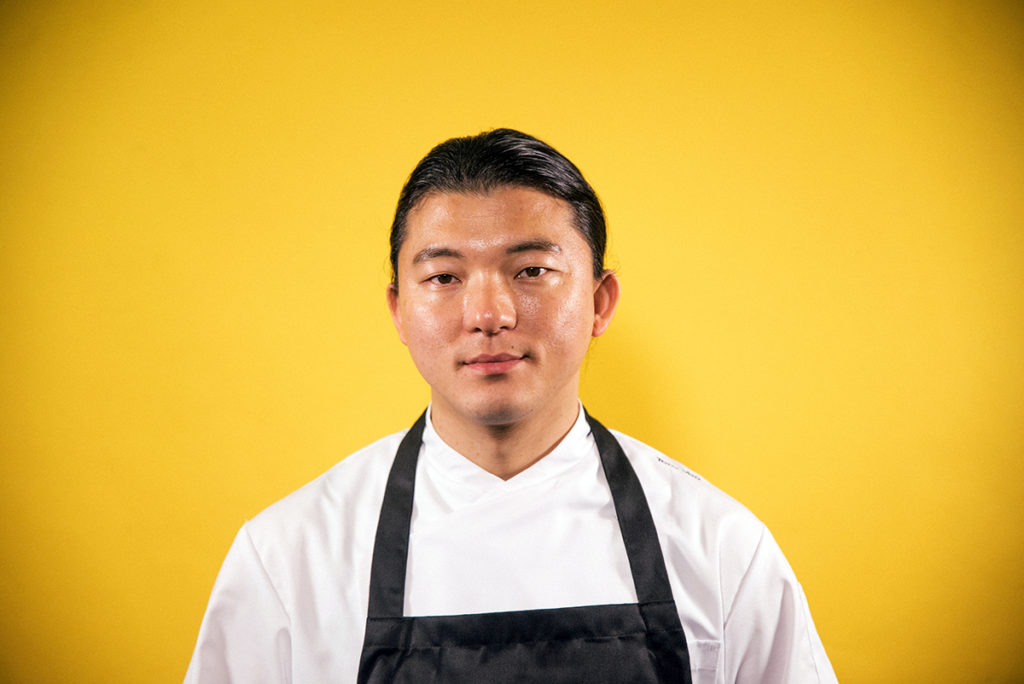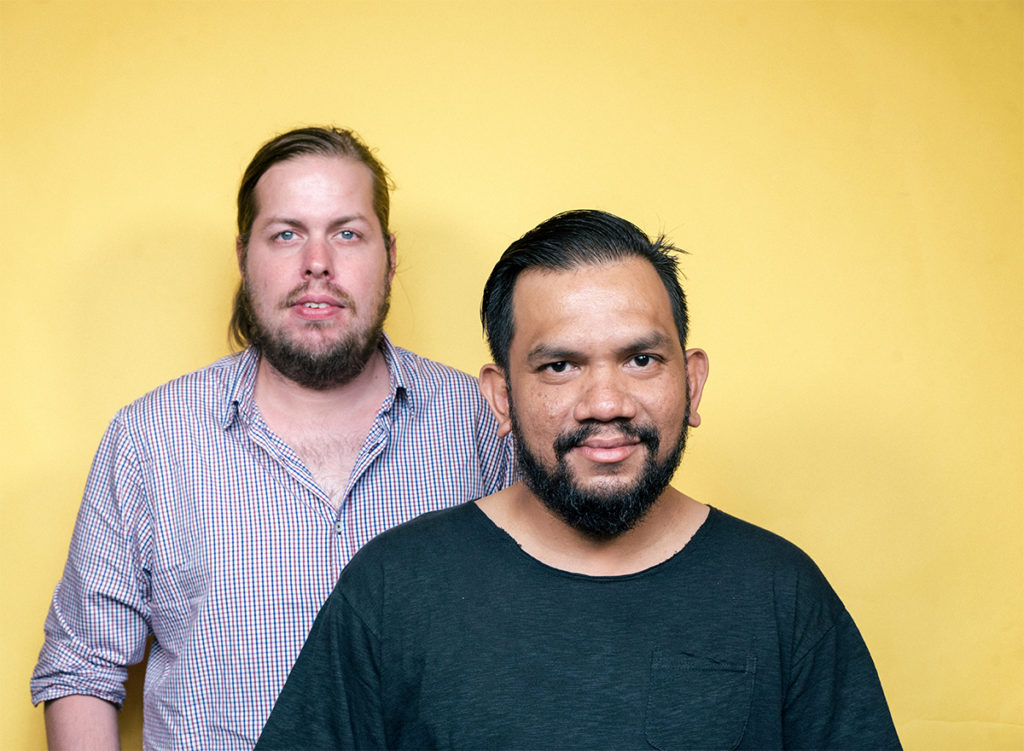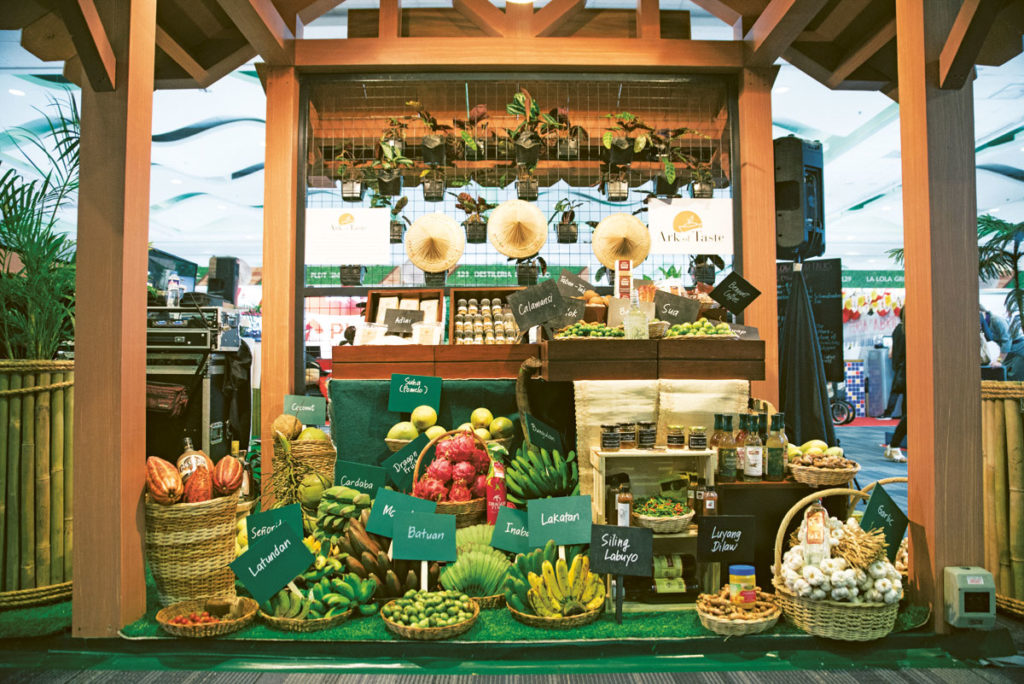Living a sustainable lifestyle is not the fleeting trend most people assumed it to be. We do not need to look far to verify this—the Philippines’ seemingly irreparable rice shortage is a constant indicator of this problem. At the 2017 Madrid Fusión Manila, sustainability rallied local and international chefs, farmers, food manufacturers, and epicures. At the expo, which showcased thousands of local food products from all over the country, the focus was on responsibly farmed produce using mostly traditional methods and organic practices.
The spotlight continues to shine on heirloom grains; world-class chocolates and cheeses made with locally grown cacao and milk from Bukidnon’s grass-fed cows; and premium dried fish from small coastal communities.
All over the world, the movement is widespread and thriving. Chefs and restaurateurs understand that sustainable practices not only limit their carbon footprint but also provide guests with the best produce possible. It is not only socially responsible but also a very basic solution for businesses to survive for much longer.
Ode to the origin


In rising Asian economies, the focus is understandably on numbers. “People in Korea are all about work. Working hard,” Michelin-starred Korean chef Tony Yoo says. Functionality and efficiency still very much trump environmental consciousness there. However, Yoo feels that the winds are shifting as the standard of living rises. In his pioneering restaurant Dooreyoo, where he fashioned a new Korean cuisine, Yoo still believes in looking to his grandmother’s traditional recipes for guidance. “The old way is, for me, the perfect way,” he says. This “way” is largely reliant on fresh ingredients and calls for Yoo to be fully aware of their origin.
Passion for produce

It’s the same reason why, it’s safe to assume, Magnus Ek thinks it’s more practical to grow his own garden at two Michelin-starred Oaxen Krog to supply the vegetables and herbs he regularly needs. After all, his version of new Nordic cuisine—as with all its variations—demands the freshest produce. “The difference of having my garden is that we can pull out a carrot from the ground and cook it three hours later,” the soft-spoken Swede says. He prefers this old-fashioned approach because it allows him to have “a close relationship with the ingredient.” He points out how this generation almost never encounters food outside a supermarket or restaurant. “We need to be reminded that a cow is not just what’s in that vacuum packaging, but a real animal,” Ek stresses. While this may not be the simplest and most efficient way to handle food, he espouses sustainability because it offers consistency and quality control.
Going local
Fortuitously, the unending search for fresh ingredients mostly results in the adaptation of sustainable practices. In the case of Bali’s Restaurant Locavore, chefs Ray Adriansyah and Eelke Plasmeijer admit that sustainability is more a “by-product” of their choices and limitations. Their decision to buy local (“our ingredients are 100 percent Indonesian, if we can help it,” Plasmeijer says) is really part of the restaurant’s DNA, hence the moniker. The decision to hire Ubud locals is also more out of convenience than anything else. “Since everything is close to home,” Adriansyah says, “we maintain a close connection with farmers. We know which guy to contact for all our needs.” They have a “guy” who supplies their vegetables and a “guy” who brings in the catch of the day. When the restaurant opened, they still had to import lamb. But now, there’s a local farmer that provides it fresh.


Nothing wasted

While places like Bali provide a lush environment for restaurants that wish to be sustainable, their city counterparts do not have it as easy. Sisters Katia and Tatiana Levha of Parisian bistro Le Servan opine that tremendous efforts need to be made to practice sustainability in a highly urbanized area. “Paris is still so backward when it comes to waste management,” Katia candidly admits. Like all the other chefs, the sisters did not grow up living sustainably, having been self-proclaimed “city girls” all their lives. “We do what we can,” she adds. While the priority is still flavor and aesthetics, the sisters get ingredients fresh every day. “We only serve line-caught fish; even our wines are sustainable. Our staff, obviously, are also trained to be more aware of proper waste management.”
It is something also echoed by the Restaurant Locavore chefs who are avid recyclers of bottles and bamboo. Managing waste is not only about recycling glass and plastics, it’s also about fighting food waste and making sure that almost every part of the plant and animal is used and enjoyed.
Home support
In our small agricultural country, sustainable farming is seeing a resurgence. While the initiative is there, Filipino chefs admit that it needs a bit of a push. Iconic Filipino chef Gene Gonzalez shares that while there are numerous options, farmers themselves are having trouble sustaining them. It frustrates him “when our specialty growers or makers quit on an ingredient (I am) using because it is not commercially viable as there are no other takers.

While he solves this by growing his own, another solution is to promote less popular ingredients that can be substitutes for seasonal or imported products. Gonzalez also encourages both farmers and chefs to think outside the box. “We should patronize small growers and artisanal product makers, encourage them to try other things, and patronize products that make them and your cooking unique.”
“Years ago, nobody gave a hoot about our chocolate makers. Decades ago nobody cared about Olive Puentespina’s cheeses. Fifteen years ago, Gejo Jimenez of Malipayon Farms was growing vegetables on the empty lot adjacent to his house in their subdivision.” All it really needs, it seems, is to create buzz around them and to hopefully spark some interest in a market that is currently susceptible to trying new things.
Sustainability in the restaurant industry, looking at it from all angles, is here to stay. While the “why” is unquestionable, the “how” is not always that simple. Changes are possible but certain efforts need to be applied. With food shortage and climate change, it’s a must. Tatiana Levha is spot on: “These days, especially for us young people, it’s almost embarrassing not to practice sustainability.”
Originally published in F&B Report Vol. 14 No. 3





